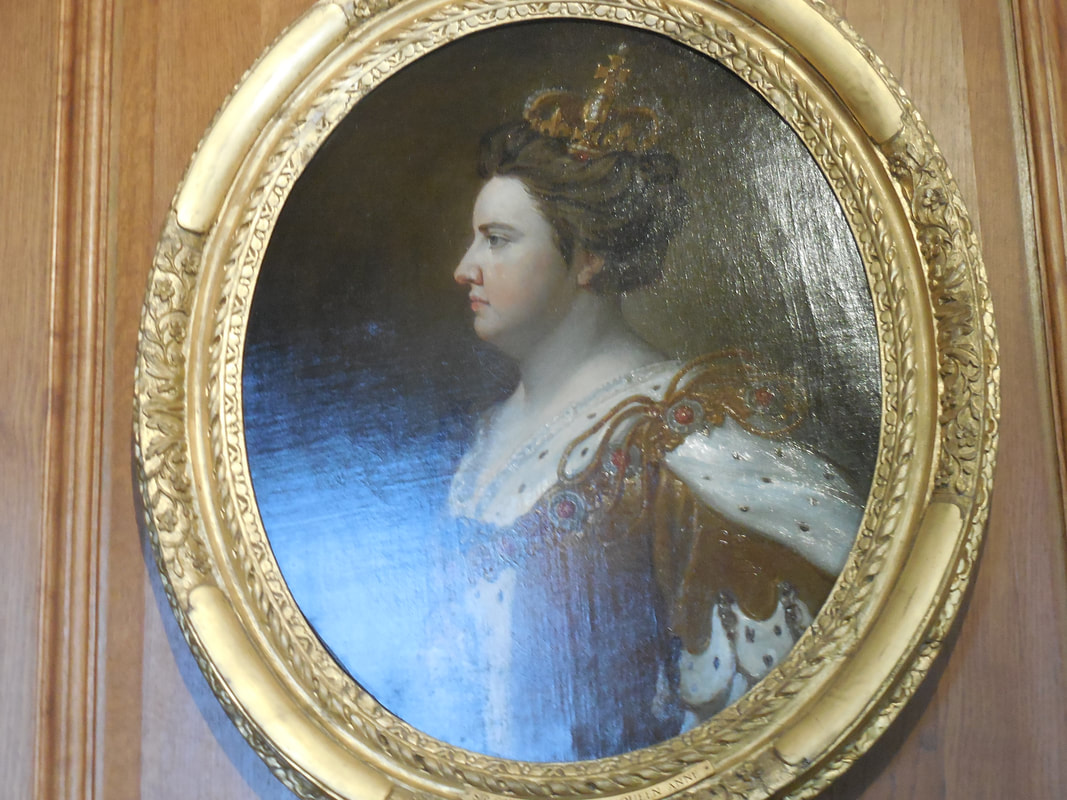 Queen Anne, 1665-1714
Queen Anne, 1665-1714 |
I have visited Kensington Palace many times over the year, sadly not to have tea with Princess Margaret, or hobnob with Diana and Charles, not even to baby-sit for the little Cambridges. The palace has changed a bit over the years, never quite settling on a "brand" for very long at a time. Of course, it has almost always shown the rooms built for King William and Queen Mary by Sir Christopher Wren, and the rooms in which Queen Victoria spent her childhood. It has served as a repository and exhibition space for historic costumes. Kristine Hughes Patrone and I could not resist another visit to see how rooms had been recently refurbished and to see the Diana Wardrobe display. We walked up to the south side of Kensington Palace and found our way to the entrance, where we had to choose from several routes through the exhibition and state rooms. Kensington Palace is the official London residence of numerous members of the royal family, such as the Duke and Duchess of Cambridge, Prince Harry, and Prince and Princess Michael of Kent. Their apartments are strictly off limits for tourists. Below, Queen Anne, who ruled after her brother-in-law, King William III, died. I have always pitied the sad Queen who endured seventeen pregnancies but none of her children survived to the teen years.  Queen Anne, 1665-1714 Queen Anne, 1665-1714 Beginning in 1689, Kensington Palace was the home of five monarchs, William III and Mary II, Anne, George I, and George II. Below, pictures of the Queen's Apartments. We next proceeded to a display Diana: Her Fashion Story. As Princess of Wales, Diana (1961-1997), captivated the world with her dedication to her sons, her causes, and her wardrobe. Next, we visited Victoria Revealed. The future Queen grew up in Kensington Palace. Her father, Prince Edward, Duke of Kent and Strahearn fourth son of George III, died before she reached one year of age. Victoria's mother, the former Princess Victoire of Saxe Coburg, raised her under very strict conditions, greatly influenced by her adviser, Sir John Conroy, a man the future Queen despised. Once she succeeded to the throne upon the death of her uncle, King William IV, Victoria moved out of Kensington Palace and into Buckingham Palace, which has housed the British monarchs ever since. Up to her succession to the throne at age 18, Victoria's activities were under constant surveillance. No wonder she couldn't wait to move into a "place of her own." Another special exhibition honored the achievements of the "Enlightened Princesses: Caroline, Augusta, Charlotte and the Shaping of the Modern World." on view in summer 2017. All of them had accomplishments that benefited their husbands and sons in ruling and in the interests of the people. For example, Caroline encouraged artists and scholars such as Handel and Newton. Several were patrons of the royal gardens where so much botanical research was done and so many new species examined. Above, l to r, Caroline of Ansbach, wife of George I and mother of George II; Augusta of Saxe-Coburg, wife of Frederick, Prince of Wales (son of George II) and mother of George III; Charlotte of Mecklenberg-Strelitz, wife of George III and mother of George IV and William IV) Mrs. Mary Delaney (1700-1788) was given a house in Windsor by Queen Charlotte where she pursued her interests in botany and created the mosaicks (above, left), paper collages, for which she was so famous. The King's Staircase, decorated by William Kent, for George I and completed in 1724, showing the Court in fanciful poses. Near the conclusion of the paths through the palace is the King's Gallery, also decorated by artist/architect William Kent, a large elegant room in which to display the royal collections. The final rooms showed more of the paintings collection and a selection of 18th century costumes, almost too many treasures to absorb. We'll go outside next.
0 Comments
Leave a Reply. |
Victoria Hinshaw, Author
Archives
July 2024
Categories |

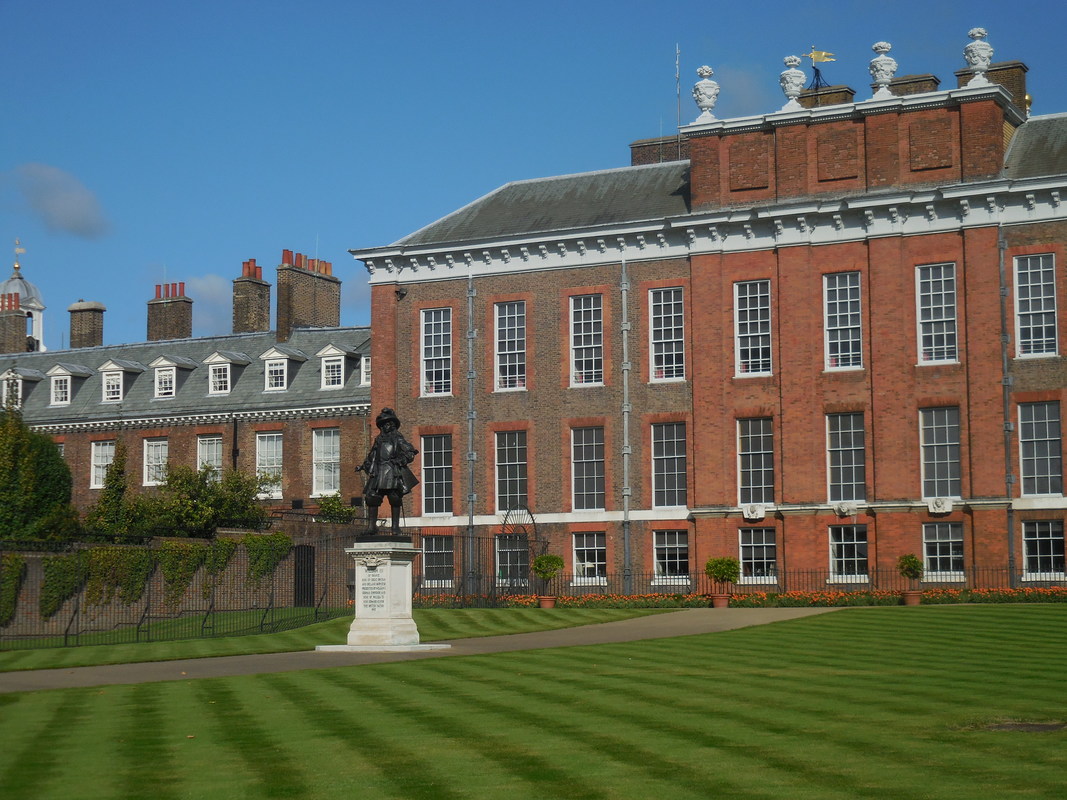
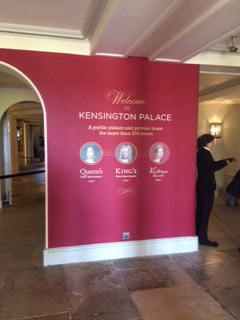
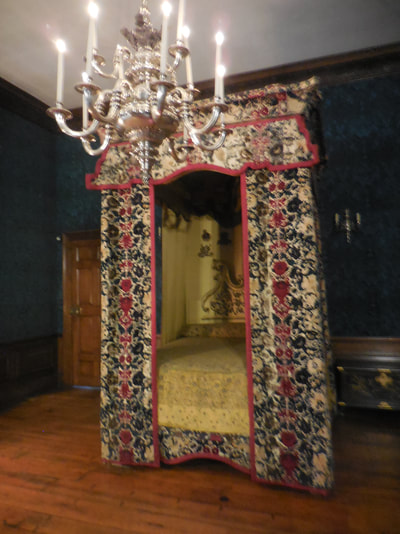
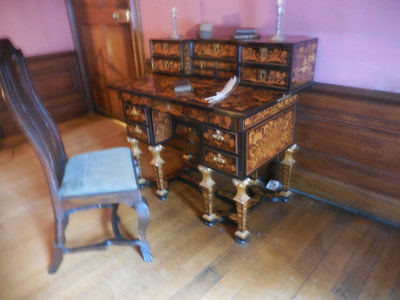
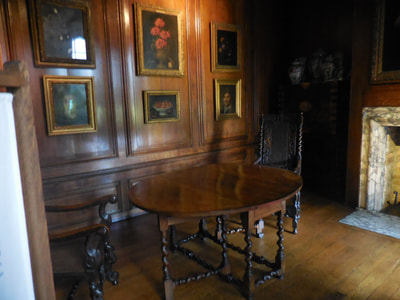
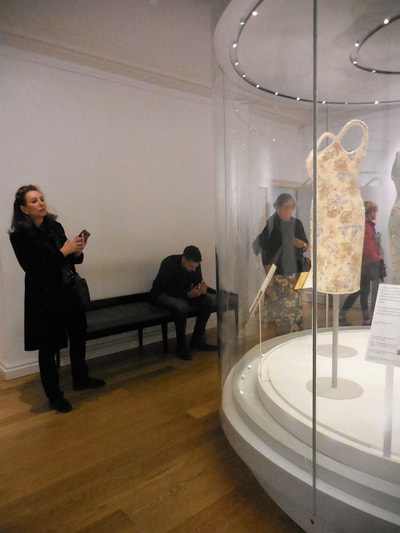
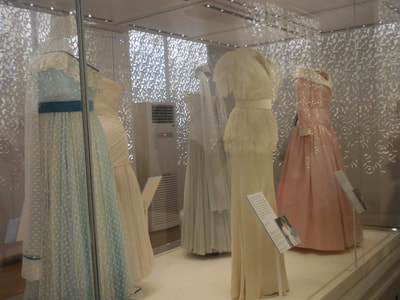
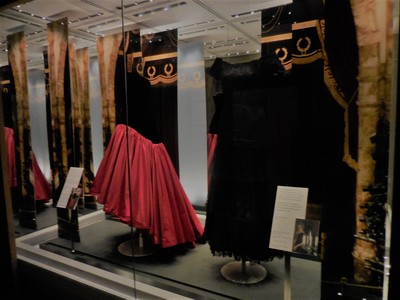
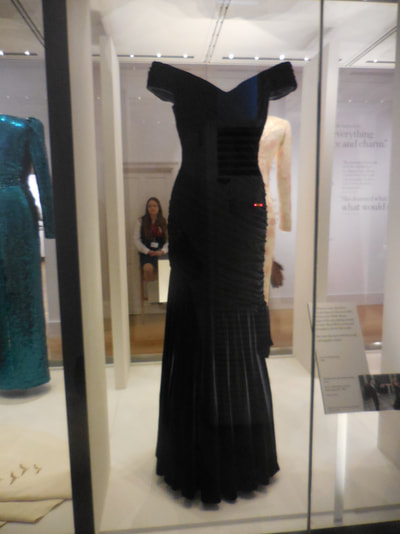
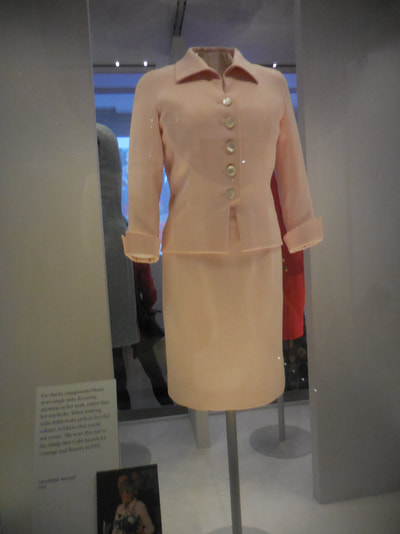
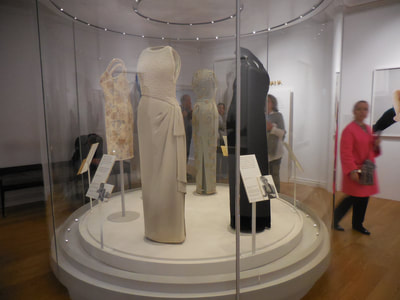
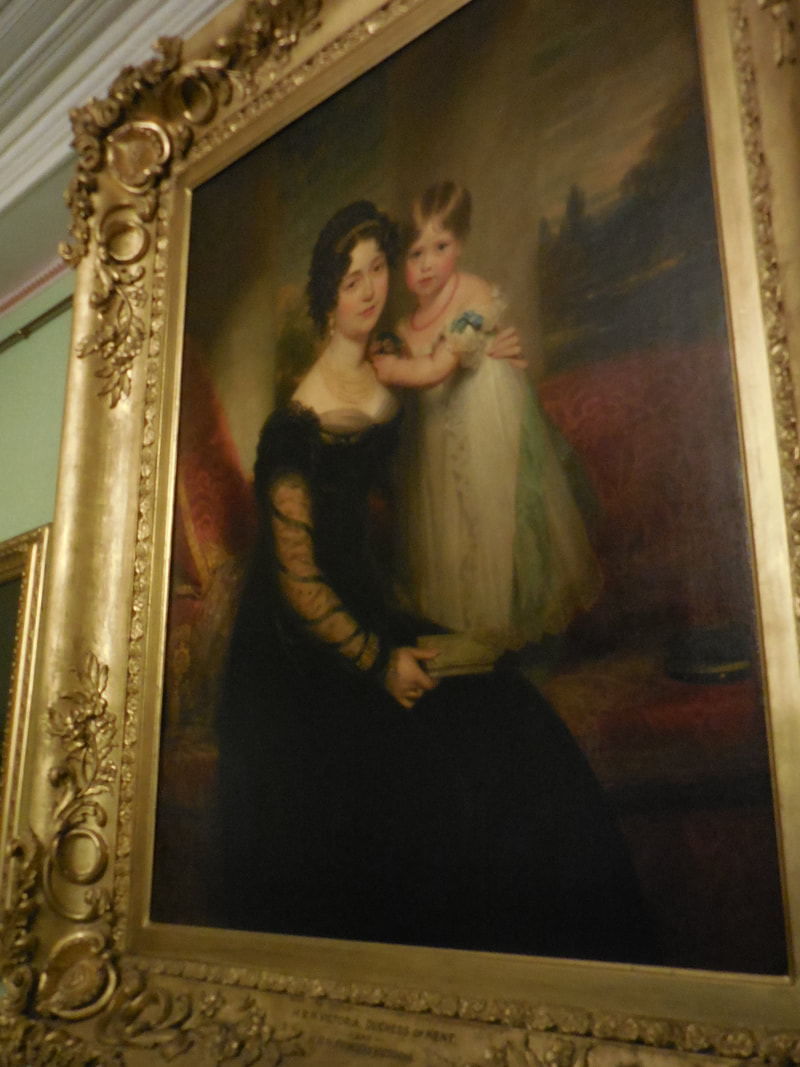
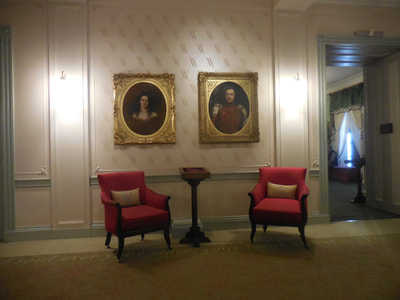
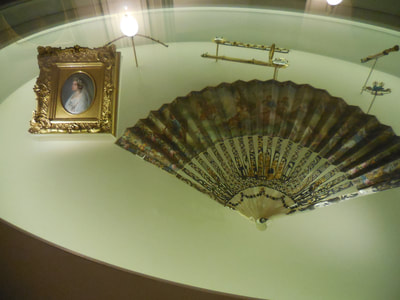
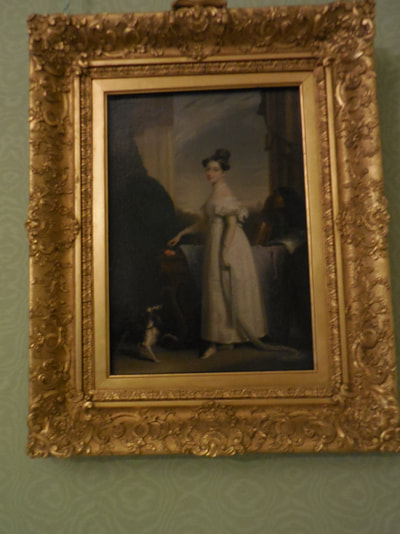
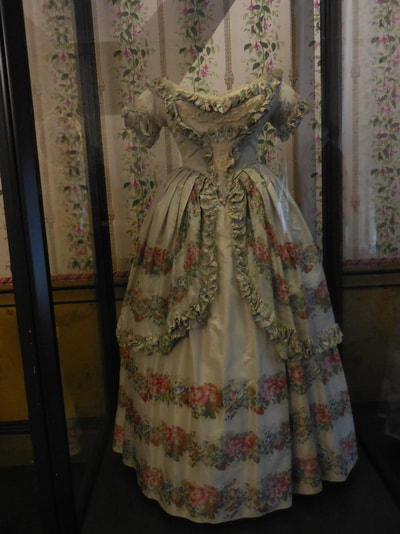
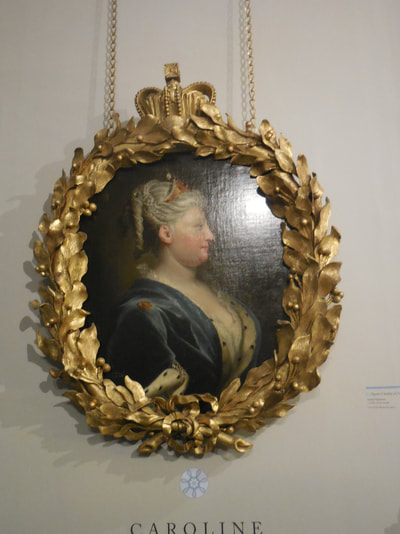
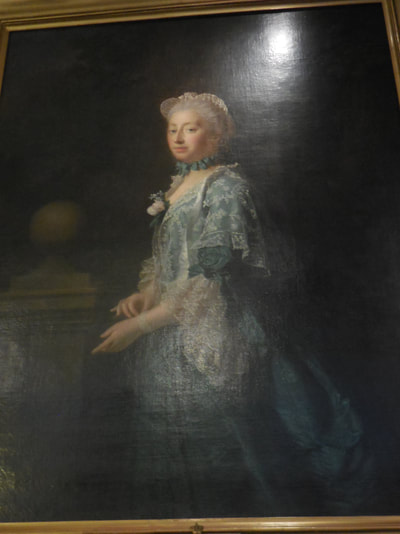
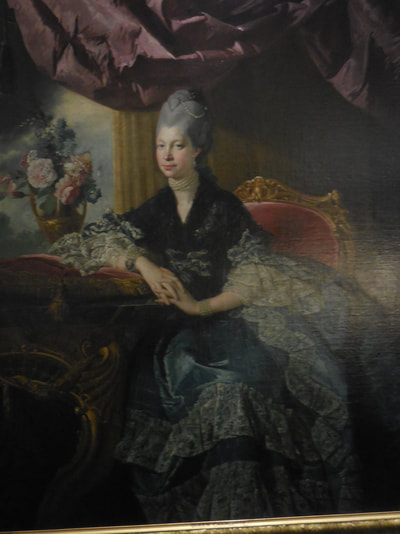
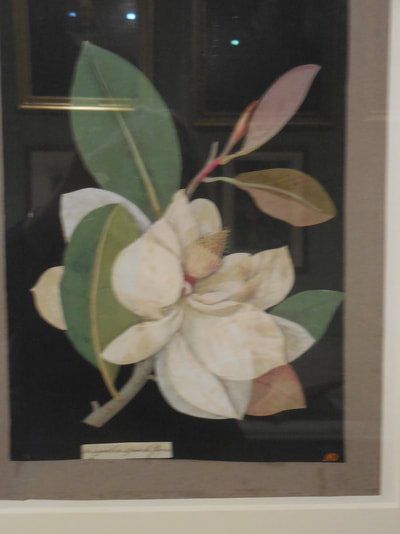
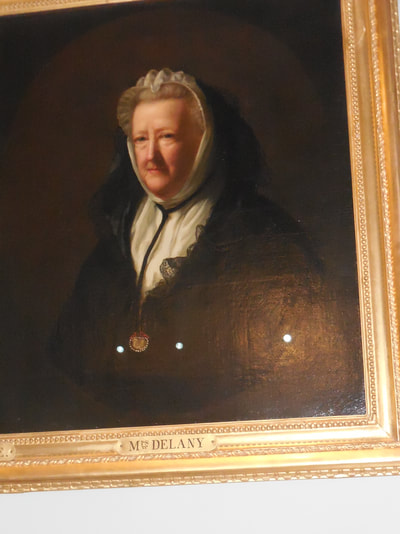
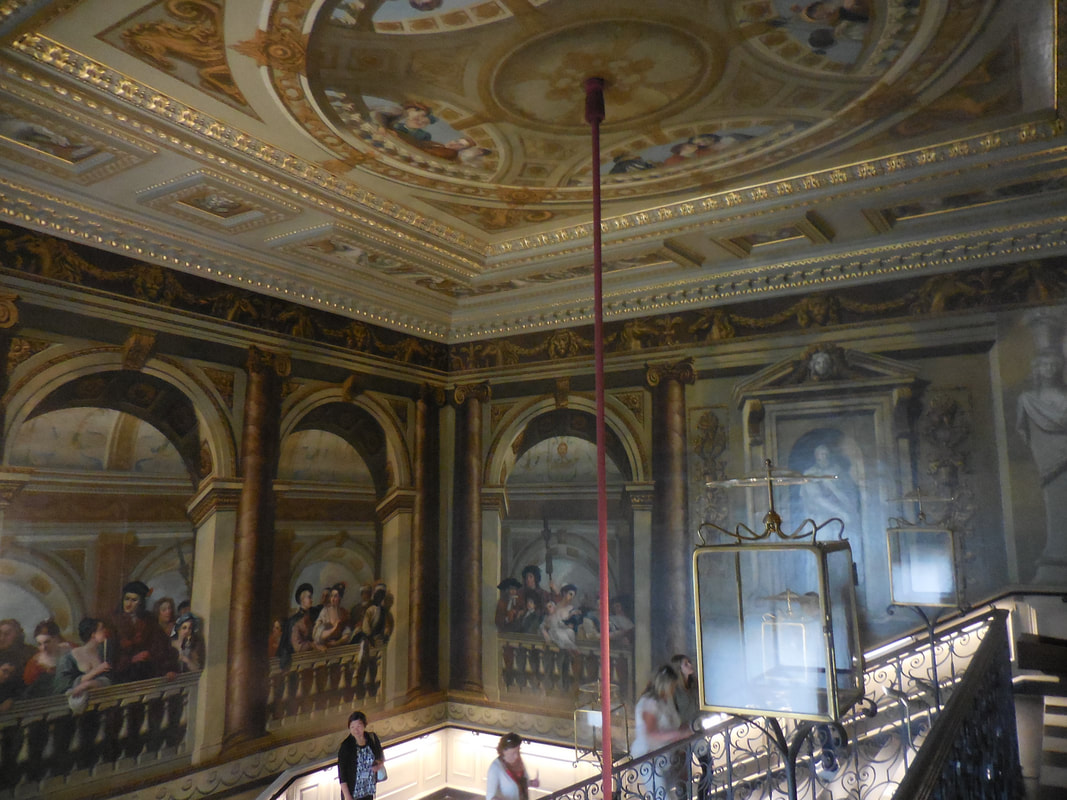
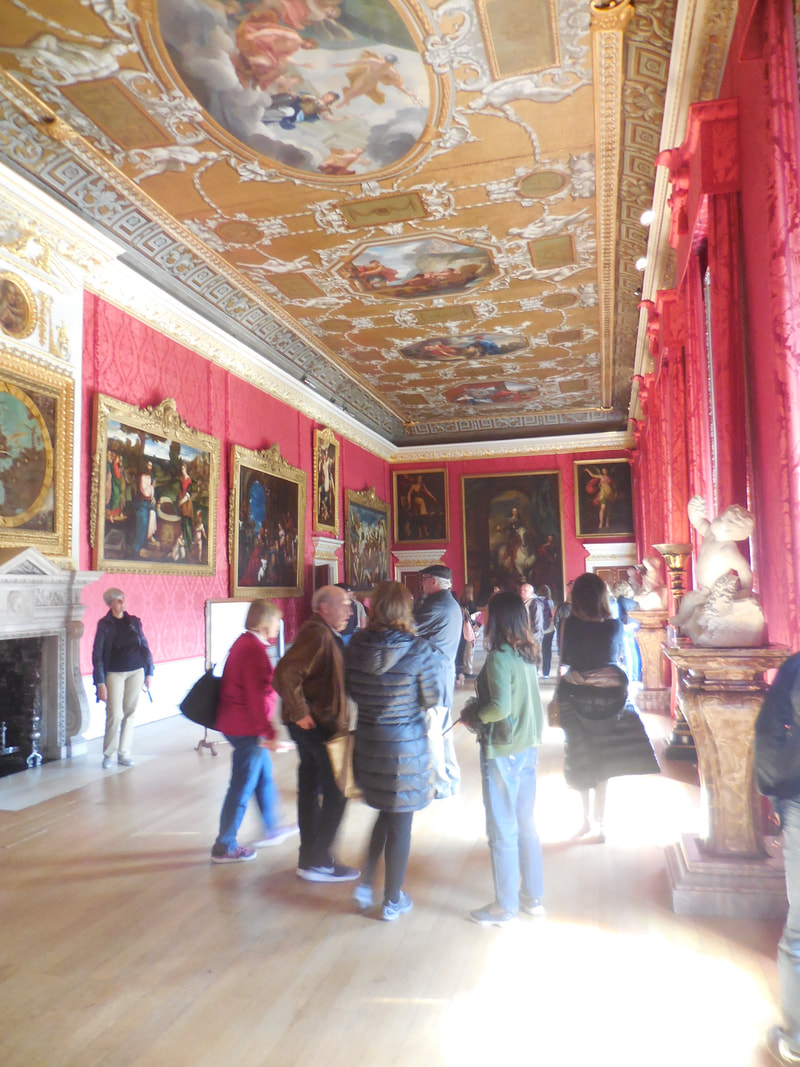
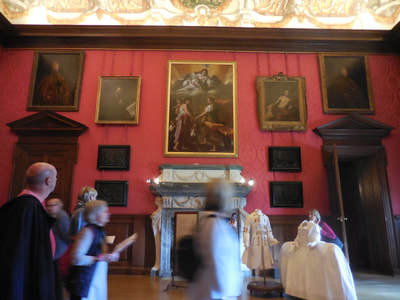
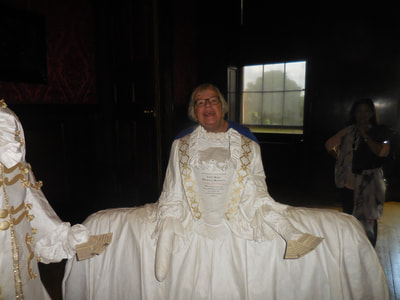
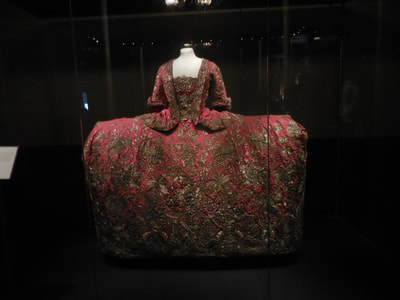
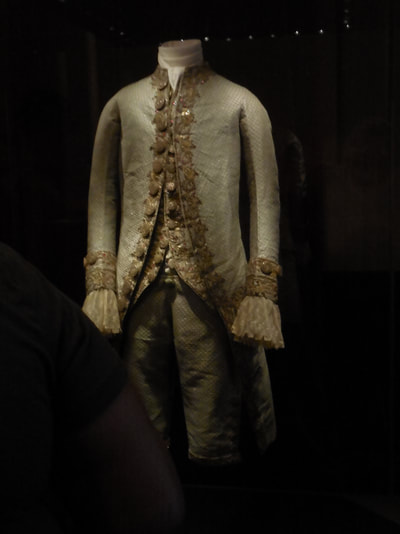
 RSS Feed
RSS Feed